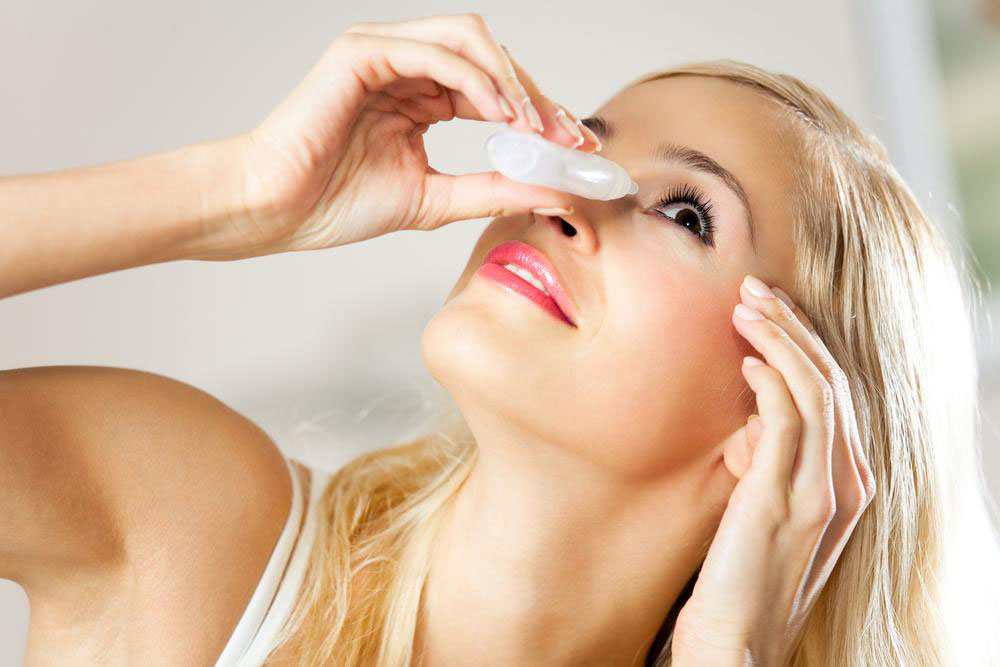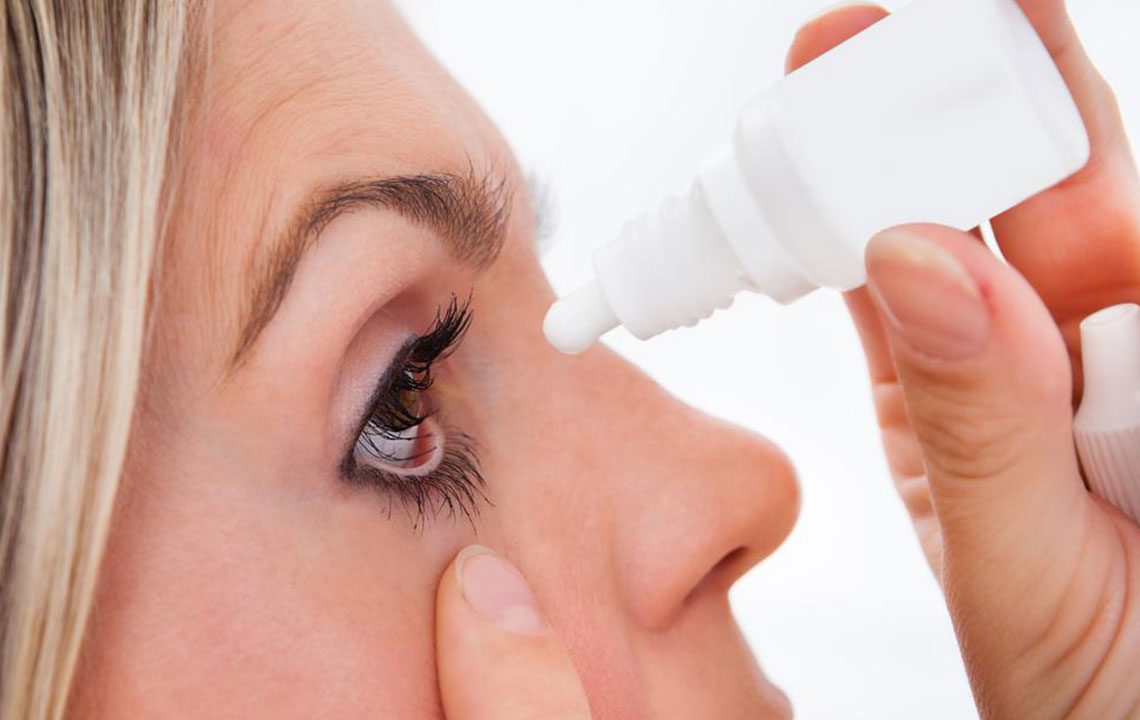Exploring the Advantages and Varieties of Glaucoma Eye Medications
This article reviews the benefits and types of glaucoma eye drops, emphasizing their role in managing intraocular pressure to prevent vision loss. It discusses various medication options, their mechanisms, and importance of consistent use along with lifestyle tips for better eye health.

Understanding the Benefits and Types of Glaucoma Eyedrops
Glaucoma encompasses a set of eye disorders resulting from optic nerve damage or imbalanced eye fluid flow. Loss of vision is a typical symptom. Although a cure remains elusive, management strategies can slow disease progression. Most at-risk groups include those over 60 and individuals with diabetes. Physicians often recommend eye drops to regulate intraocular pressure (IOP) by adjusting fluid production or improving drainage, helping to control the condition.
Advantages of Glaucoma Eyedrops
Lowering pressure to protect the optic nerve
Normal eye function depends on a delicate balance of fluid production and drainage. Excess production from factors like aging or genetics can elevate IOP, damaging the optic nerve. Eye drops help reduce fluid formation or enhance its drainage, effectively decreasing pressure. Typically, they are used twice daily.
Preventing vision deterioration
By managing IOP, these medications can help avoid potential vision loss associated with glaucoma.
A non-invasive treatment approach
Eyedrops offer a safe, non-surgical option for managing glaucoma, making treatment more straightforward and less risky.
Ease of application
Administering eye drops is simple and can be done comfortably at home without frequent clinic visits.
Immediate benefits
Many glaucoma medications quickly reduce IOP and may also alleviate symptoms like dryness or discomfort.
Slowing disease progression
While the nerve damage caused by glaucoma cannot be reversed, consistent use of eye drops can slow further progression and help delay vision loss. Fluctuations in use, such as skipping doses, can impact treatment effectiveness. Maintaining a healthy lifestyle, including proper diet, regular exercise, and routine eye exams, supports better outcomes.
Different types of glaucoma eye drops
Various eye drops target different aspects of IOP regulation and are suited for various stages of glaucoma.
Prostaglandin analogs
These enhance fluid outflow, effectively lowering IOP. Side effects might include eyelash growth or increased light sensitivity, but they are generally effective in controlling disease progression.
Carbonic anhydrase inhibitors (CAIs)
Available as eye drops or oral medications, CAIs decrease fluid production to reduce IOP, helping maintain eye health by regulating the water fluid within the eye.
Beta-blockers
These reduce fluid production by blocking beta receptors, lowering IOP. Suitable for individuals without respiratory or other contraindicating conditions.
Alpha agonists
They increase fluid outflow and decrease production, often prescribed multiple times daily based on the patient's needs.
Rho kinase inhibitors
A newer class, these improve fluid outflow within the eye, assisting in IOP management.
After prescription, doctors typically monitor results over a few weeks. Any adverse effects like vision blurriness or irritation should prompt consultation for treatment adjustments. Adhering to prescribed routines and maintaining overall eye health can significantly influence treatment success.










